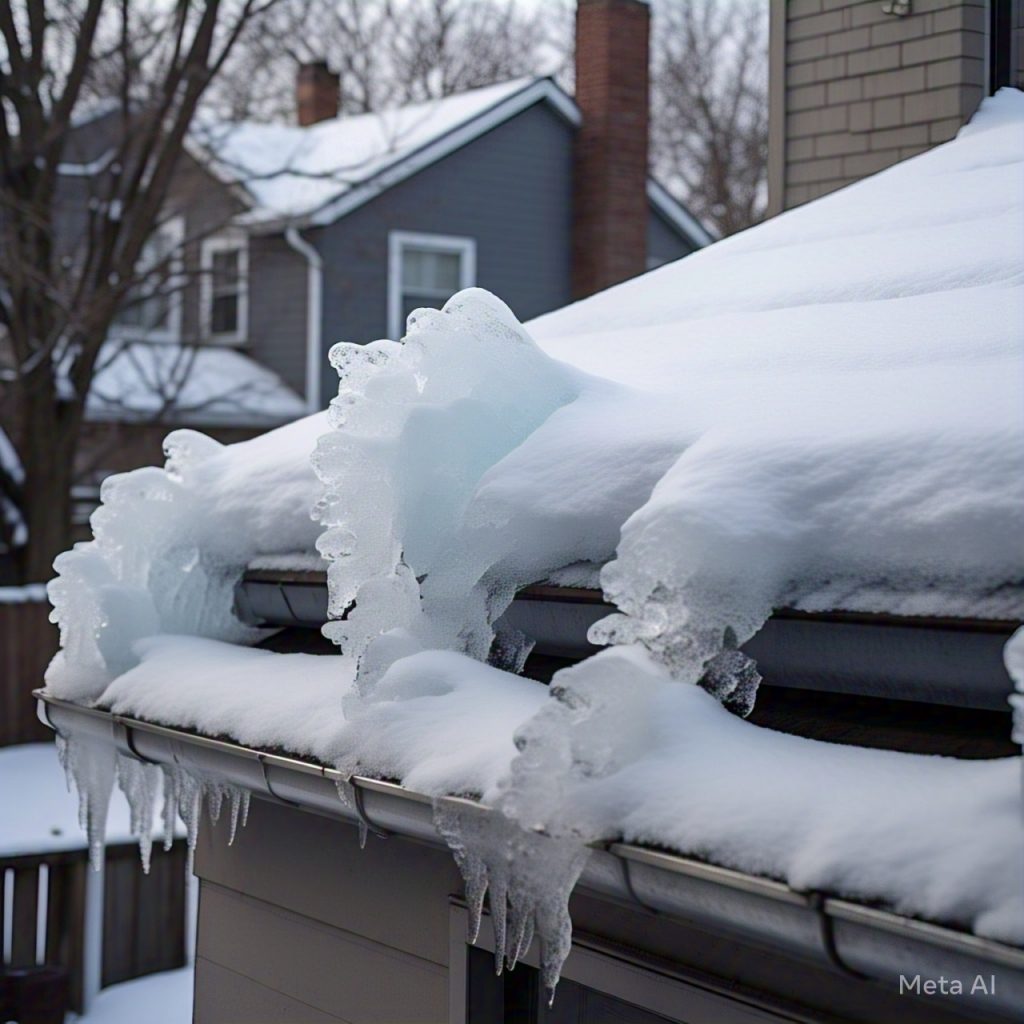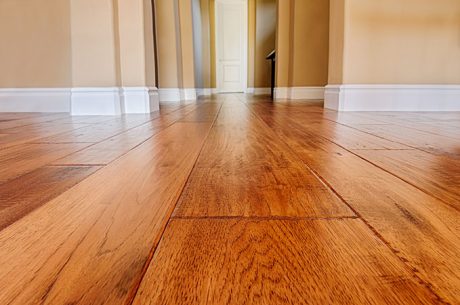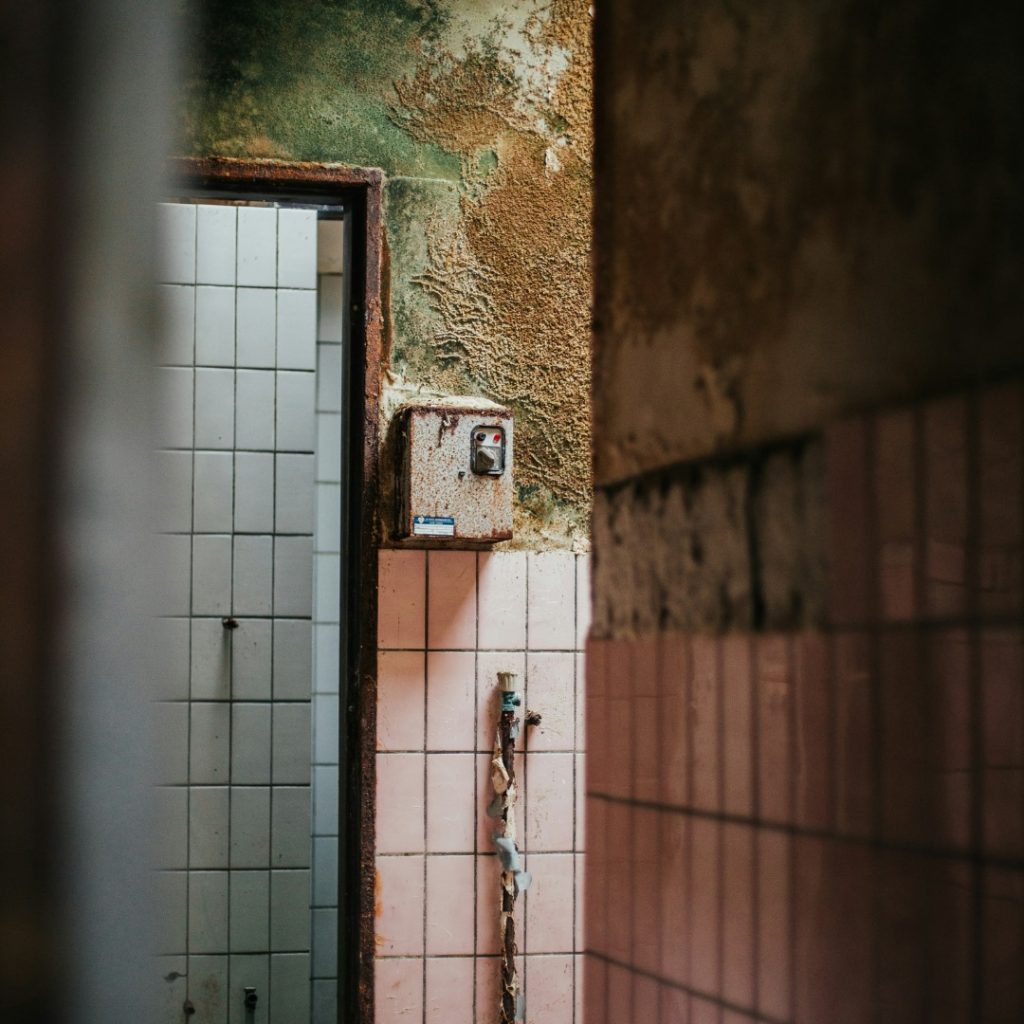Table of Contents
Ice dams during winter in Indianapolis can bring beautiful snowfalls, but it also presents challenges for homeowners. One of the most pressing concerns during cold months is the formation of ice dams, a common yet potentially devastating issue. These icy barriers form along roof edges, preventing proper drainage and leading to water leaks, structural damage, and safety hazards.
In this article, we’ll discuss the dangers of ice dams, safety and structural concerns, prevention strategies, and how PuroClean Disaster Restoration, a trusted restoration expert, can help restore your home if damage occurs.

What Are Ice Dams?
Ice dams occur when heat from the home’s interior causes snow on the roof to melt, but the melted water refreezes at the cooler eaves and edges of the roof. This creates a barrier of ice that blocks additional melting snow from draining properly. As a result, water can back up under shingles, seep into walls, and cause interior water damage.
Possible Dangers of Ice Dams
1. Structural Damage
Ice dams can compromise the integrity of your roof, walls, and ceilings. When water seeps into the home, it weakens wood structures, causes drywall to sag, and promotes the deterioration of insulation.
2. Mold and Mildew Growth
The water leakage from ice dams creates a perfect environment for mold and mildew to thrive. Mold growth not only damages building materials but also poses serious health risks to you and your family.
3. Gutter Damage
The weight of ice dams can cause gutters to detach from the house, leading to additional repair costs. Damaged gutters further exacerbate drainage problems, creating a cycle of water-related issues.
4. Safety Hazards
Large icicles forming as a result of ice dams pose a significant risk to people and pets walking below. These icicles can unexpectedly break off and cause injuries or damage to property.
5. Increased Energy Costs
Ice dams are often a symptom of poor insulation and ventilation in the attic. This inefficiency can result in higher heating bills as warm air escapes from the home.
Safety and Structural Concerns
- Roof Collapse Risk: Ice dams add significant weight to the roof, which can be problematic for older homes or roofs already weakened by wear and tear. Excessive ice buildup can lead to partial roof collapse.
- Water Intrusion: When water seeps into walls and ceilings, it weakens the home’s structure and can create electrical hazards. This increases the likelihood of short circuits or even fires caused by compromised wiring.
- Interior Damage: Water leaks can damage paint, flooring, and furniture, leading to costly repairs. Prolonged exposure to moisture can also warp wood and erode plaster.
Preventing Ice Dams: Proactive Strategies
1. Enhance Attic Insulation
Proper insulation helps maintain a consistent roof temperature, preventing snow from melting unevenly. Aim for at least 12-14 inches of insulation in the attic to minimize heat loss.
2. Improve Ventilation
Adequate attic ventilation ensures that cold air circulates under the roof deck, keeping it cool and reducing the likelihood of ice dams forming. Install soffit vents and ridge vents for optimal airflow.
3. Seal Air Leaks
Identify and seal any air leaks in the attic, such as gaps around chimneys, vents, or recessed lighting. This prevents warm air from escaping and heating the roof.
4. Remove Snow Safely
Use a roof rake to remove accumulated snow after heavy snowfall, starting from the edges and working your way up. Avoid using sharp tools that could damage shingles.
5. Install Heat Cables
Heat cables can be installed along roof edges to melt ice and facilitate proper drainage. These cables are particularly useful for homes in areas prone to heavy snow.
6. Ensure Proper Gutter Maintenance
Keep gutters and downspouts clear of debris to ensure proper water flow. Regularly inspect and clean them before winter sets in.
7. Professional Roof Inspection
Schedule a professional roof inspection to identify vulnerabilities and address them before winter. A well-maintained roof is less likely to develop ice dams.

How PuroClean Can Help
Despite your best efforts, ice dams can still occur. When they do, it’s crucial to address the damage promptly and effectively. PuroClean is a trusted name in property restoration, with the expertise to handle the aftermath of ice dam damage.
1. Water Damage Restoration
PuroClean’s certified technicians specialize in water damage restoration, quickly removing excess water and drying affected areas to prevent further structural damage and mold growth.
2. Mold Remediation
If mold has started to grow due to water intrusion, PuroClean’s team will safely remove it and restore your home to a healthy condition.
3. Structural Repairs
From damaged ceilings to weakened walls, PuroClean can handle a wide range of repairs to restore your home’s integrity.
4. Emergency Response
PuroClean offers 24/7 emergency services, ensuring that help is available when you need it most. Their rapid response minimizes the extent of damage and reduces overall restoration costs.
5. Preventative Advice
In addition to restoration services, PuroClean provides expert advice on preventing future ice dams, helping you protect your property year-round.
Conclusion
Ice dams are a serious concern for homeowners in Indianapolis, but with the right preventative measures and a trusted partner like PuroClean, you can mitigate their impact. By enhancing insulation, improving ventilation, and maintaining your roof, you can reduce the risk of ice dams forming. Should the unexpected happen, PuroClean’s expertise ensures your home is restored quickly and efficiently.
For immediate assistance with Water damage restoration, contact PuroClean Disaster Restoration, Call (+1) 317-467-4436 or (+1) 260-263-9788 for Fort Wayne location
Don’t let ice dams compromise your home, take action today and rest easy knowing you’re prepared for whatever winter brings.


 PuroClean Disaster Restoration
PuroClean Disaster Restoration